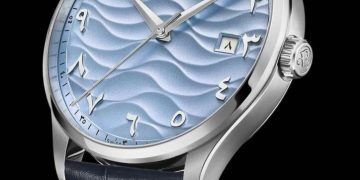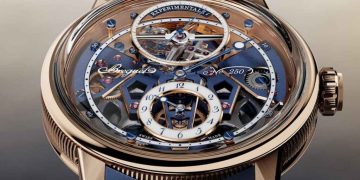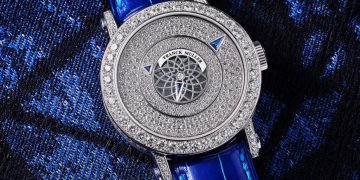Credits: Article and images by Tim Mosso @ Quill & Pad. See the original article here - https://quillandpad.com/2024/09/07/the-golden-age-of-rolex-movements-part-ii-rolex-gets-complicated-with-innovations-and-patent-registrations-2/
—————————————————————————————————–
For the first time, Rolex began to offer public insights into advanced industrial procedures used in the fabrication of its movements. Contemporary press dispatches from Geneva boasted of employing the micro-manufacturing technique “Lithographie, Galvanoformung, Abformung” – better known as LIGA profiling, which sees nickel-phosphorus components “grown” on a substrate for perfect geometry – for the most sensitive and tolerance-intensive mechanical components.
Considering how niche the regatta timer function was in 2007 and remains today, the level of engineering investment was stunning. But the new movement wasn’t perfect.
Caliber 4130 was more sensitive to maintenance intervals and more susceptible to rough handling than previous Rolex movements. Reset action and the flyback/fly-forward function often developed lag or stalled entirely, and given the quantum leap of complexity for Rolex calibers this wasn’t shocking.
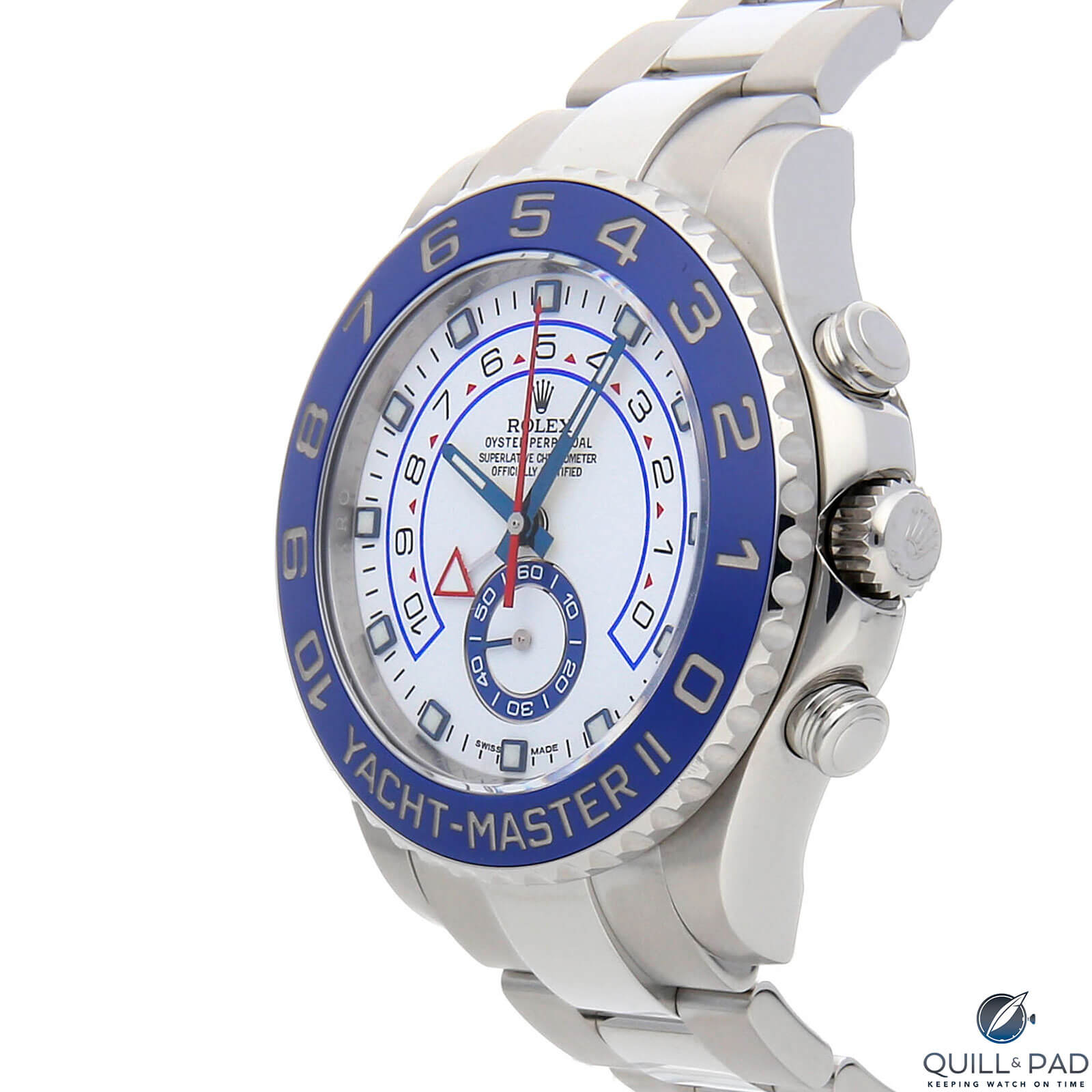
A 2013 stainless steel Rolex Yacht-Master II (photo courtesy WatchBox)
A reboot of sorts occurred in 2013 with the arrival of the long-awaited stainless steel Yacht-Master II. The undercard of this marquee launch was the revised Caliber 4161. More robust and more consistent, the 4161 brought the Yacht-Master II on par with the Daytona’s reliability and crisp pusher feel.
Rolex Sky-Dweller: the sky is the limit
But 2013’s detail revisions to Caliber 4161 barely registered amid the aftershocks of Rolex’s 2012 engineering quantum leap, the Sky-Dweller annual calendar GMT. Even with eight years’ worth of hindsight, the Sky-Dweller remains perhaps the least expected and most ambitious Rolex engineering project of the twenty-first century.
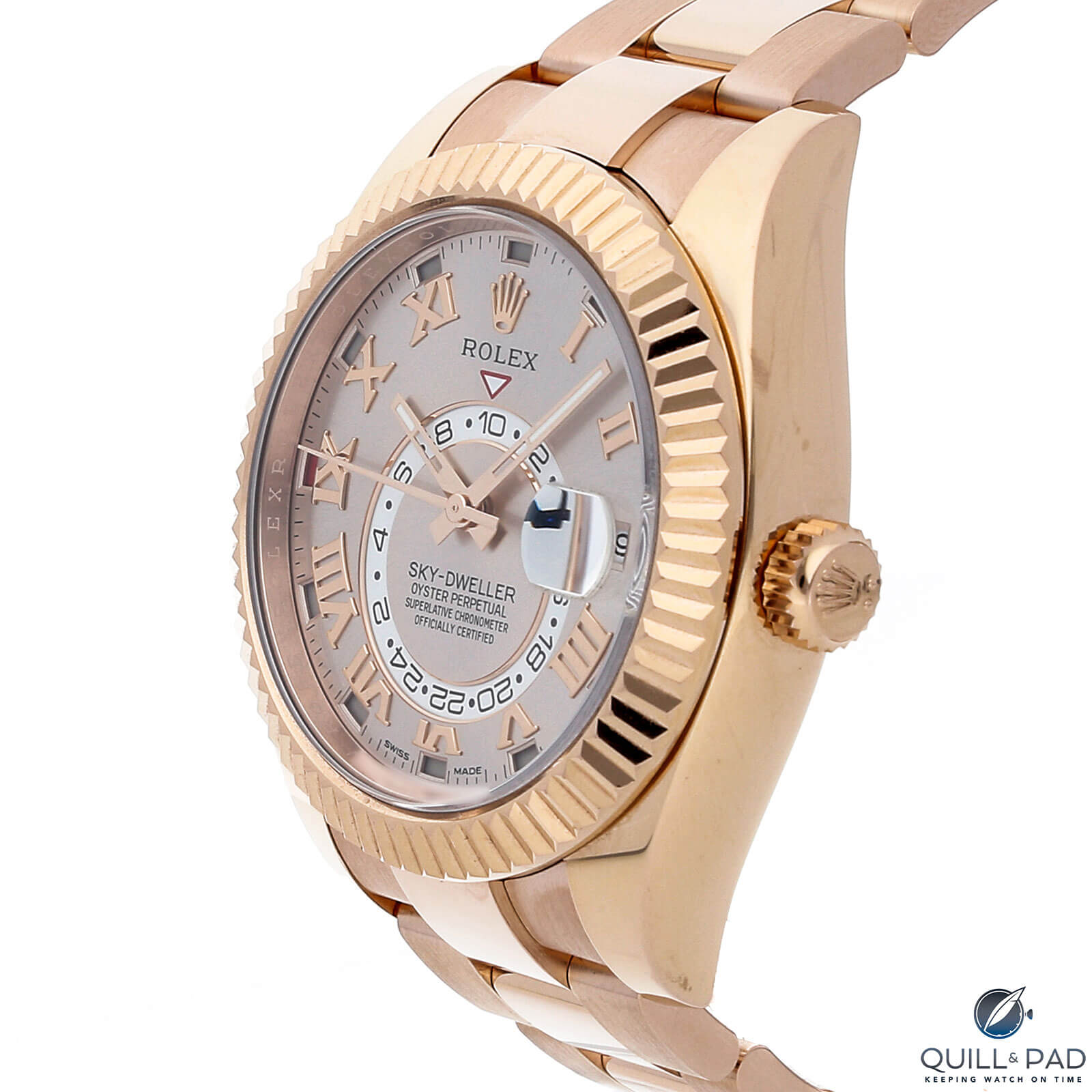
A 2012 Rolex Sky-Dweller in gold (photo courtesy WatchBox)
While stunning, the arrival of the Sky-Dweller could have been anticipated via diligent reading of Rolex’s U.S. patent applications. As far back as 2003, U.S. patent number 6744696 described an annual calendar system based solely on wheels and pared down to the minimum necessary parts count.
The elegant system was described as a solution for a “clock,” but a quick review of Rolex’s sparse modern clock portfolio suggests that this was little more than a smokescreen.
More insight arrived in April 2005 via U.S. patent number 7242640. The original statement of intent to develop an annual calendar moved into the product-engineering phase. No longer posing any pretense of clockmaking, the 2005 patent application specified the following:
“An annual date mechanism for a timepiece movement comprising a 31-toothed date runner, a jumper in mesh with its toothset, a months satellite . . . designed for twelve for the months comprising less than 31 days, a fixed planetary toothset coaxial with the date runner and in a direct-drive relationship with the months satellite.”
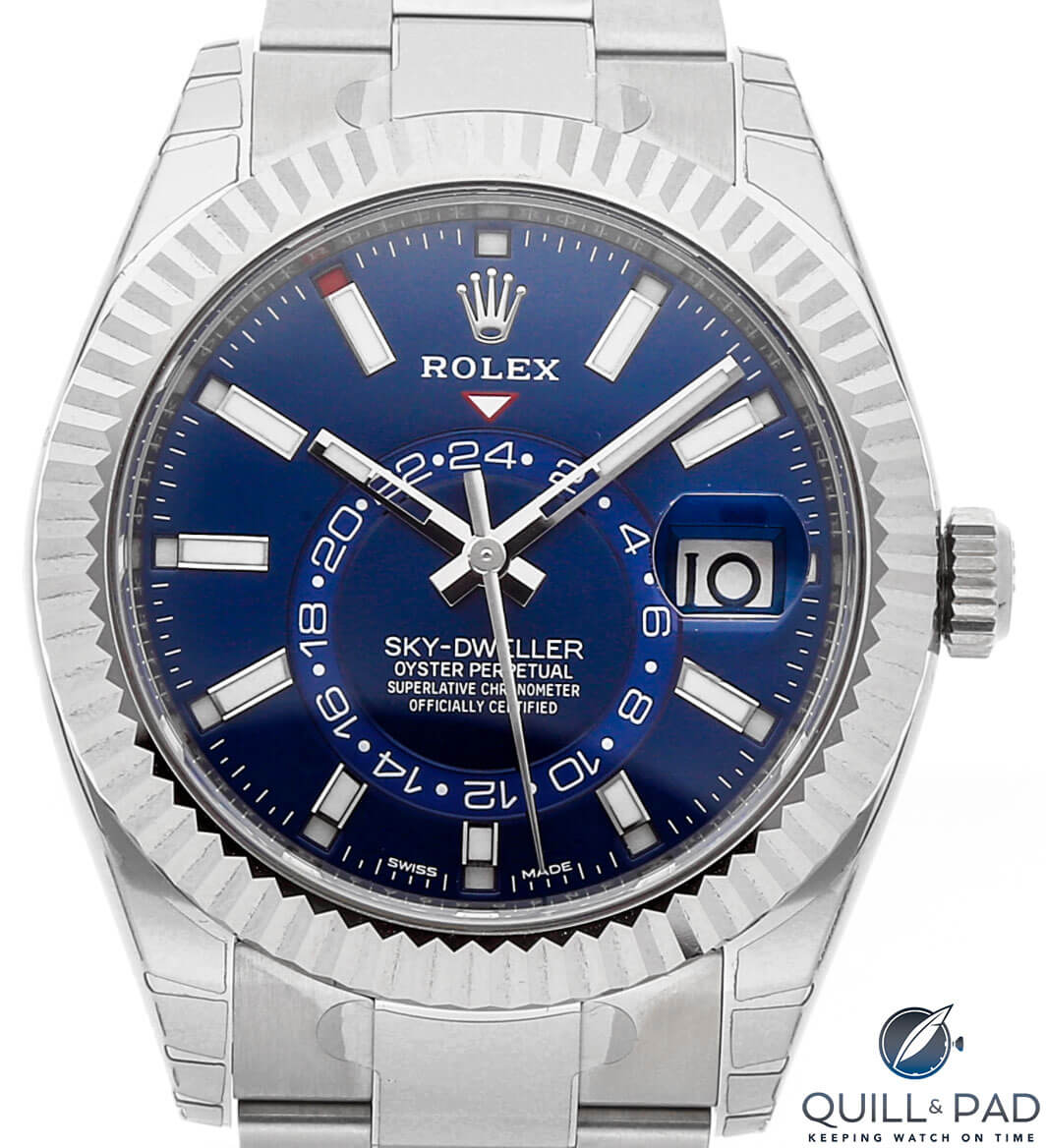
Rolex Sky-Dweller (photo courtesy WatchBox)
Another piece of the Rolex roadmap appeared in June 2011, less than a year before the launch of the Sky-Dweller, when Rolex filed U.S. patent number 8328414 for a bezel-based function selector by which “the function and/or indication which is to be adjusted is selected using a rotating bezel. Because of this the number of functions and/or indications which are to be adjusted can be high, as the bezel can rotate through 360 degrees.
—————————————————————————————————–
Credits: Article and images by Tim Mosso @ Quill & Pad. See the original article here - https://quillandpad.com/2024/09/07/the-golden-age-of-rolex-movements-part-ii-rolex-gets-complicated-with-innovations-and-patent-registrations-2/



